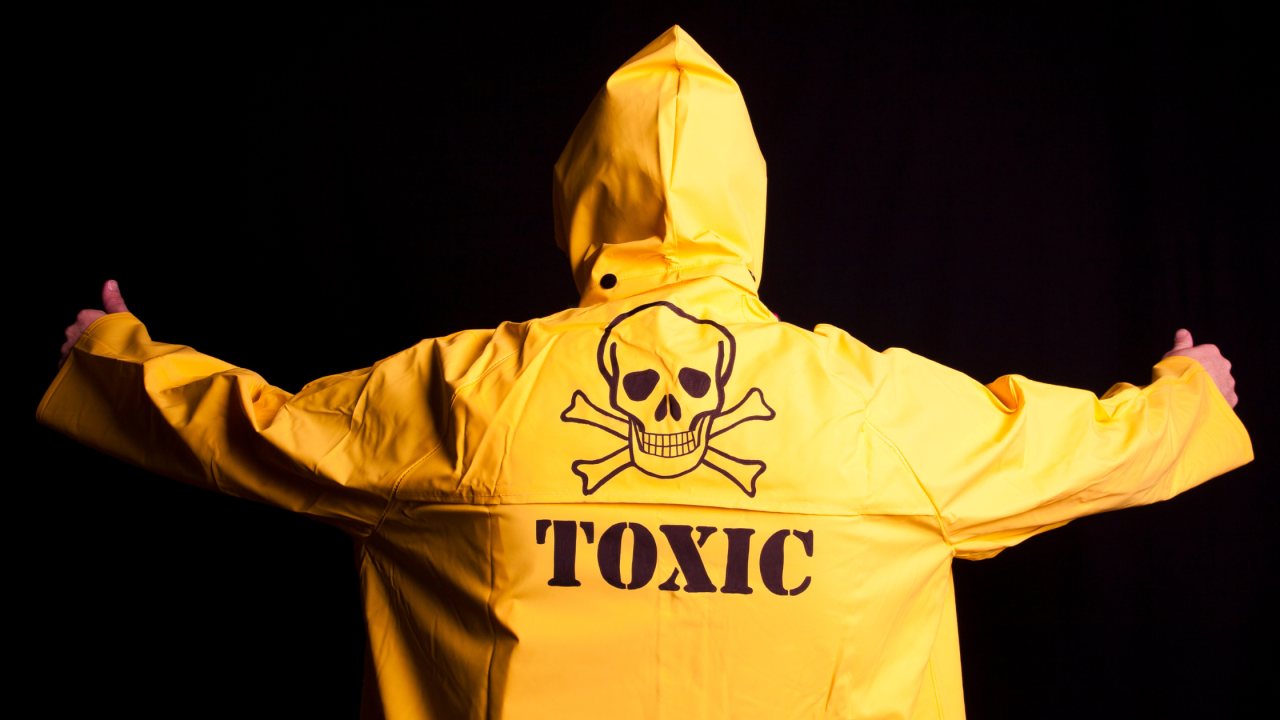Its effects are pervasive, often triggering staff turnover
Most articles about leadership focus on how to be a great leader. By offering tips and tricks on inspiring people, retaining staff, and guiding others towards achieving their full potential, these stories attract readers seeking to enhance their leadership skills.
So far, I’ve hosted almost 100 podcasts on this very topic. I know from personal experience that there is a ready supply of smart, successful, and talented leaders who are willing to generously share their knowledge and insights to help others.
But what about stories on bad leadership tactics? Those are much rarer to find. Yet toxic leadership can be much more damaging – and longer lasting – than top-notch leadership, causing burnout, low morale, and erosion of employee well-being. Its corrosive effects tend to linger even after the toxic leader has departed the organization.
Approximately four million Americans quit their jobs each month, and toxic leadership is one of the key factors that plays a role in driving workers off. An MIT Sloan Management Review study released in early 2022 found that toxic corporate culture is the strongest predictor of employee turnover, ranking 10 times more important than compensation.
Another 2022 study that was published in the journal Psychology Research and Behavior Management explored the concept of toxic management and concluded it has a dramatic impact on everyone who surrounds the leader. In the study, titled “Toxic Leadership and Empowering Leadership: Relations with Work Motivation,” several researchers worked together to examine the effects of this behavior.
“Toxic leadership is a kind of maladjusted, malcontent and malevolent leadership by which an individual, by virtue of his destructive behavior and his dysfunctional characteristics, inflicts serious and enduring harm on the individuals, groups, organizations, and communities,” the researchers concluded. “There is a cumulative effect of demotivational behavior on peoples’ morale and climate over time, and the inflicted damages often continues even after the perpetrator has left the organization.”
Toxic traits
When it comes to what is considered effective leadership, there is undeniably some subjectivity involved. Ideas about what constitutes healthy leadership can vary from person to person. What one leader thinks is strong leadership might be considered toxic by another. So how do you recognize when you are following a leader who does not align with your expectations? And how do you know if you are exhibiting toxic traits in your own leadership style?
There are several leadership styles that are routinely considered toxic. These might be on the milder end of the spectrum, such as a leader being incompetent due to skill shortcomings. Or a leader might be rigid and resistant to feedback, criticism, and change, viewing it as a threat to their authority.
Other management issues can be outright sinister. A toxic leader might be bad-tempered or callous, lacking compassion and empathy for the needs of their subordinates. Or they might be corrupt, putting their self-interest ahead of the greater good of the group and lying, cheating, and stealing to get their way. The worst leaders harbor evil motives and commit atrocious acts, inflicting physical or psychological pain to gain and maintain power over the people they are leading.
A host of leadership behaviors can contribute to a toxic work environment, such as poor communication, which might include withholding information, having unclear expectations, and using communication as a tool for manipulation. Some bosses play favorites, which can create division and resentment among team members. Perhaps a leader shifts blame onto others rather than taking responsibility for their own failures and mistakes. Or they could be micromanaging their people, which tends to hamper creativity and innovation.
I’ve spent many hours discussing what constitutes excellent leadership with numerous experts, and the stories they’ve shared have given me a bird’s-eye view of what can go wrong when a weak, ineffective, or malevolent leader takes control. And while there are many ways to lead badly, they all tend to cause the same result – employees who are demoralized, demotivated, and discouraged from reaching their full potential. And when that happens, everyone loses.




